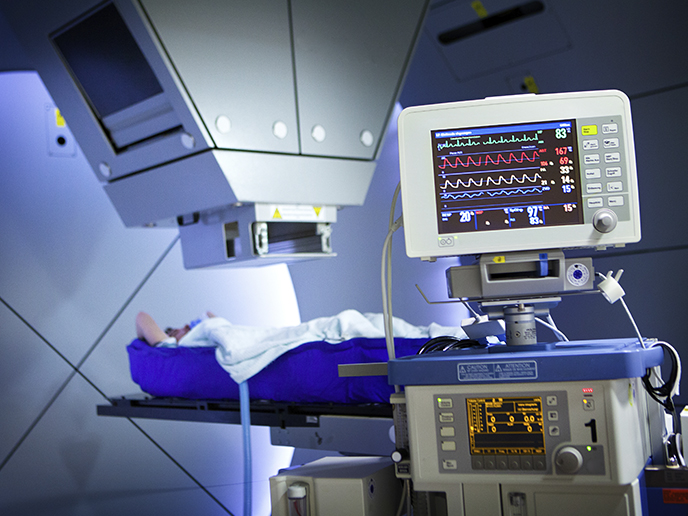Advancing proton beam therapy through collaborative research
Proton beam therapy (PBT) has the potential to revolutionise the way we treat cancer. By delivering a targeted dose of radiation directly to the tumour, drastically reducing damage to the surrounding healthy tissue, PBT can minimise the side effects that many patients experience. Europe has positioned itself as a global leader in PBT research and innovation. Eleven Member States are either using or are about to start using PBT in a clinical setting. Furthermore, Europe is home to two of the world’s largest PBT equipment manufacturers, not to mention countless related SMEs. To maintain Europe’s competitive edge within this rapidly developing field, the EU-funded www.protonsinspire.eu (INSPIRE) project was launched to encourage collaboration and knowledge transfer. “The project built a proton therapy infrastructure that gives researchers direct access to PBT resources, and facilitates joint research activities,” explains Karen Kirkby, professor of Proton Therapy Physics at the University of Manchester, the project’s coordinating institution.
A flash of inspiration
A perfect example of the INSPIRE network in action can be seen in its work on FLASH, the name given to ultra-high dose rate radiotherapy. “When FLASH first came onto the scene, we quickly reacted to ensure our network developed the technology to deliver the beams needed to drive this exciting field of research,” adds Kirkby. As a result of the project’s proactive response, Varian, one of the leading proton therapy vendors, was able to develop cutting-edge detector technology for use with ultra-high dose rate proton therapy. The full beam monitor system has since been tested on a clinical gantry and is now being used in the world’s first FLASH PBT clinical trial. “Being able to rapidly take a research idea to clinical prototype is a game changer for companies such as Varian,” notes Kirkby. “The INSPIRE network made this possible.” Other projects and companies have also leveraged the INSPIRE network to gain access to its FLASH proton beams, including ADVACAM and UHDpulse.
Benefits to patients
INSPIRE facilitated several other important developments in PBT research. Among its accomplishments is an international benchmarking study that harmonises the way proton therapy’s biological effect is calculated with respect to X-ray radiotherapy. “This study paves the way towards an EU-wide consensus on PBT dose prescription,” says Kirkby. Through the INSPIRE project’s network, the Ion Beam Applications firm and the University Medical Centre Groningen in the Netherlands were able to collaborate on building a database containing tissue complication models. These models can be used to help select which patients are most likely to benefit from proton therapy. To ensure that the project’s many results have as far-reaching impact as possible, the project established a conference series on FLASH radiotherapy and particle therapy. The first two events attracted over 700 participants from over 40 countries each. A third conference will take place in Toronto at the end of the year. The project has also made all its research and resources available via the EU-funded canSERV project.
Keywords
INSPIRE, FLASH, FLASH proton beams, proton beam therapy, collaborative research, cancer, proton therapy, radiotherapy, X-ray







